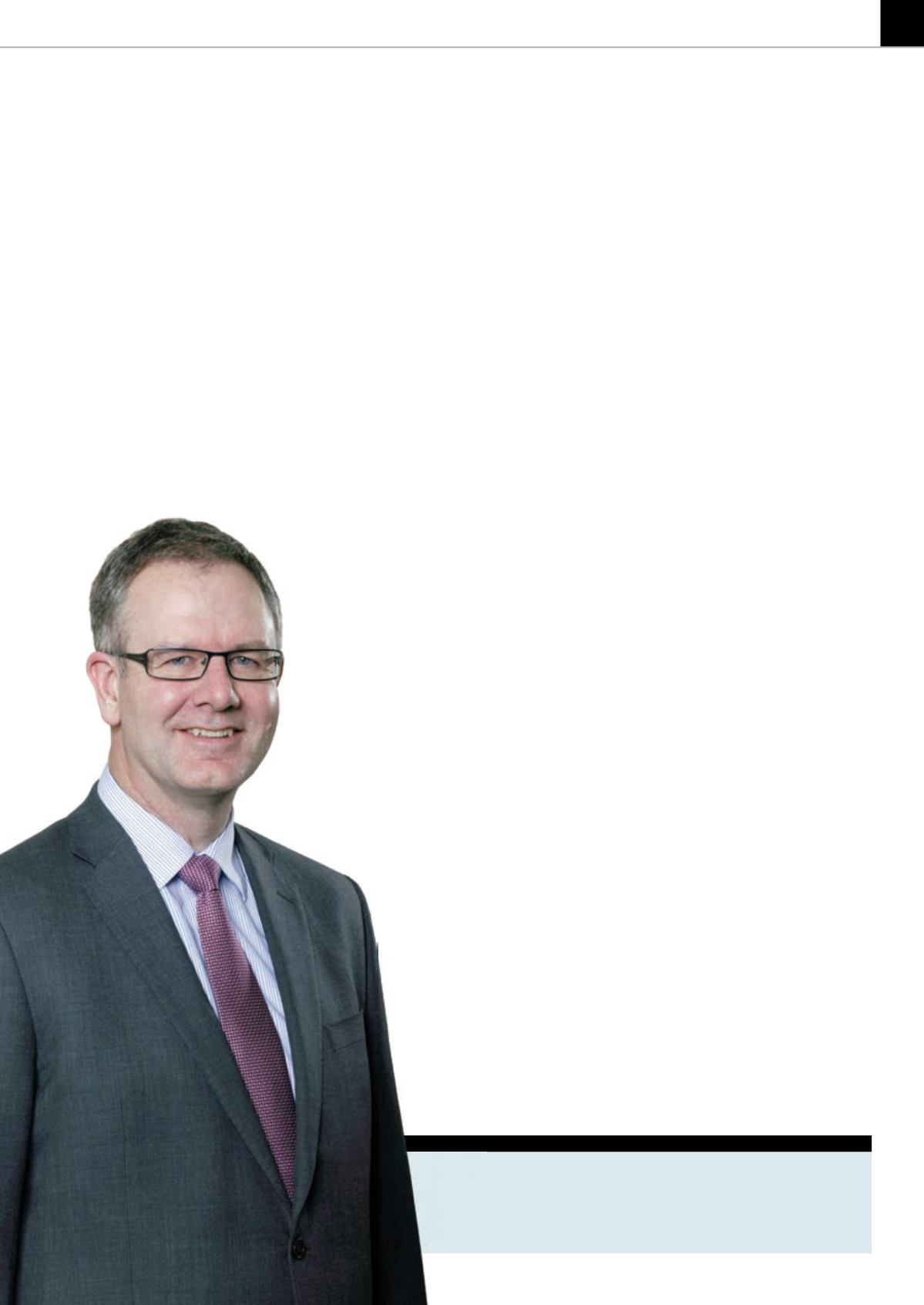
T
he recent arrival on the stock exchange of
HSS received a fair bit of coverage in the
rental media. It joins a number of listed
rental companies on a variety of stock markets
most of whom are relatively small in the context of
their native exchanges.
HSS had been in the hands of private equity for
well over a decade by my reckoning, prompting
the question, “what is the best financial ownership
model for rental companies”?
Aswithmanyother questions theanswer, it seems
to me, is “it depends”. The single biggest variable
is where a company might be in its maturity curve
and, consequently, what its cash and growth
characteristics are.
Rental businesses, in theirgrowthyears, arepretty
cash hungry. If the business is growing very rapidly
in proportion to its size (high percentage growth
rates) then it will be investing in fleet to support
that growth and/or in the fit out or acquisition of
new locations topenetrate newgeographic areas.
The natural cash flow of the business will be
insufficient to support these investments and so
injections of debt, equity or both will need to be
substantial in comparison to the perceived present
value of the business.
For rental businesses with larger assets
(construction equipment or aerials, for example)
that are achieving high growth, it has not been
uncommon to see negative or neutral cash flows
through several years.
The reason is obvious – you build the fleet to
achieve the market position you desire and that
costs a lot of cash, provided through debt and
equity. Once that market position is achieved, you
throttleback investment in the fleet to replacement
levels (often below depreciation levels) and, as
a consequence, free cash generation becomes
substantial, and potentially significant enough to
generate a >20% annual cash return on the original
equity investment that got you there.
Cash payback
And there’s the problem. Especially in
rental markets where equipment life is
10 to 15 years (heavy equipment) the
cash payback period is unlikely to
arrivemuch before five to seven years of following
a growth strategy.
Most private equity houses want to hold
investments for not more than five years. When
they come to sell the investment at the end of
that time (via a public flotation or sale to another
private owner) they are, if they’ve been successful,
pointing to a business that has consumed a lot of
their cash (to drive growth) but asking a future
owner to believe that this will all be different and
therefore it’s worth paying a high price to acquire
the business. It sounds too good to be true, even
though it probably
is
true!
On the public markets things aremuch the same.
If we think back to how Ashteadwas valued back in
2008 (extremely low), thiswas partly a reflection of
the fact that Ashtead had invested a lot of cash in
growth but hadn’t yet got to the scale where they
had a track record of generating substantial free
cash flow.
Some analysts and investors expected the
business to struggle through the recession and
that nervousness was reflected in the (then) share
price. However, Ashtead carried on investing, made
that breakthrough into being a rental business of
scaleand itsdebt now looks a lotmoremanageable.
The massive growth in the share price underlines
that the markets now have a different view of the
business.
Maturity curve
If we understand where a rental business is in its
maturity curve and the likely rate of investment
required in its fleet we canmake judgements about
the best formof financial ownership.
Rental businesses with a serious growth agenda
(and substantial cash generation capability at the
end of that journey) require a five to seven year
commitment, minimum.
While that certainlydoesn’tmake it impossible for
PE houses to make money from rental companies,
it is an investment that needs time and a strong
nerve.
The same is true for public investors. In truth, if
you have belief and enough cash try and own your
business yourself – because it’s likely to produce a
great long-term income.
IRN
KEVINAPPLETON is former CEOof LavendonGroupplc and former divisional
chairmanof Travis Perkins plc. He is currentlymanagingdirector of Yusen Logistics
UK, non-executive chairmanof HorizonPlatforms, non-executivedirector at Ramirent
Oyj andnon-executivedirector of the Freight Transport Association. To comment on
these articles please email:
Marketorprivate?
KevinAppleton explores
the tricky question of the
best ownershipmodel
for a rental businesses.
11
THEAPPLETONCOLUMN
IRNMARCH 2015
“If we understandwhere a rental business is in its
maturity curve and the likely rate of investment
required in its fleet we canmake judgements
about the best form of financial ownership”


